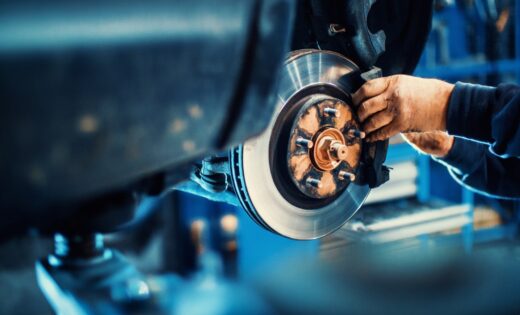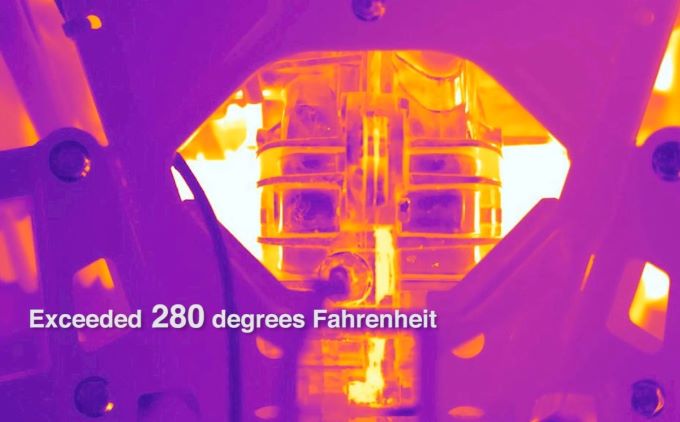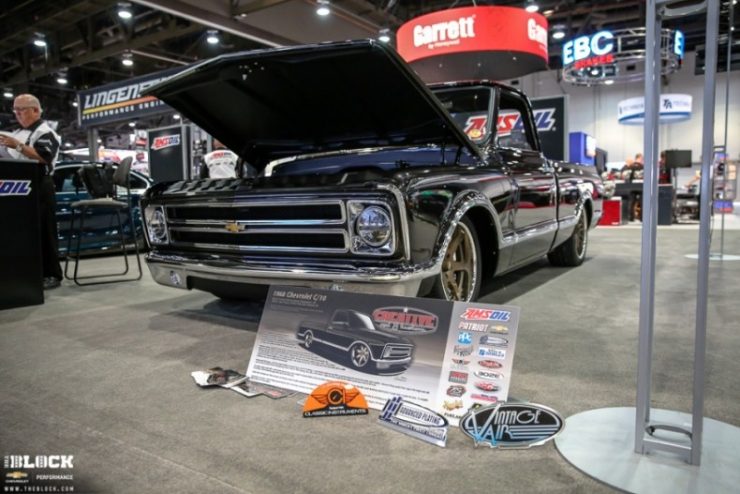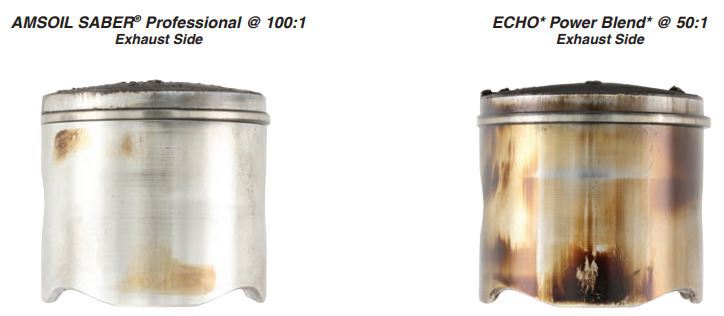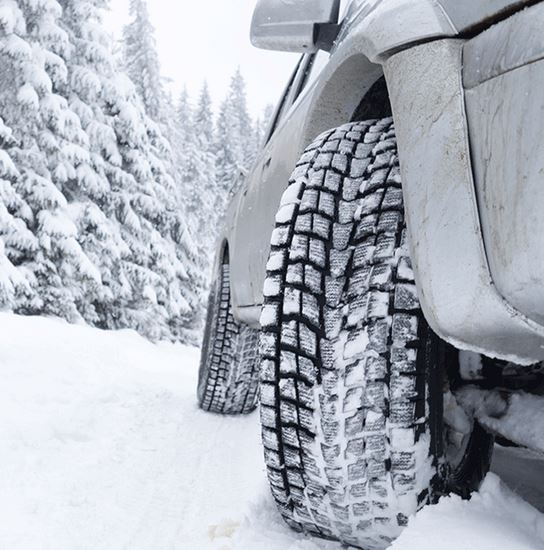Does Brake Fluid Go Bad? How do I know?
Here is the short answer: Yes, brake fluid can go bad.
Brake fluid absorbs moisture, which reduces its performance. For that reason, it’s best practice to change brake fluid every two years. The AAA published a study, stating that brake fluid is the most often missed maintenance item by drivers. People rarely change their brake fluid before it goes bad. If you’re like me, you wait until you hear the grinding sound from the wear indicator on the brakes, change the brake pads and bleed the brakes in the process.
Why does brake fluid go bad?
Brake fluid is hygroscopic. That means it likes water, just like a sponge. In fact, brake fluid is notorious for absorbing water. Common brake-fluid testing devices on the market solely test for moisture in the fluid. Here comes the kicker: even if you do everything in your power to prevent moisture absorption, you can still have issues. Brake fluid can absorb moisture in a variety of ways – through the packaging process, while pouring it into the reservoir and even through the brake fluid lines.
How Bad is “Bad”?
Since brake fluid is hygroscopic, required testing simulates real-world field conditions. One of the key testing parameters is the brake fluid’s boiling point. The wet & dry boiling points are tested to help communicate the quality of a brake fluid. Here is a quick description of boiling points:
- Dry boiling point (ERBP): Measures the boiling point of the fresh fluid right out of the bottle before it has been exposed to, and contaminated by, moisture.
- Wet Boiling point (WERBP): Measures the boiling point of fluid after it has had time to absorb moisture from its surroundings, similar to conditions under which the average vehicle operates (3.7 percent water contamination, to be exact).
We recently introduced AMSOIL DOT 3 and DOT 4 Synthetic Brake Fluid. It is purpose built to perform in wet conditions. With a wet boiling point of 368ºF, it far exceeds the minimum requirements of 284ºF (DOT 3) and 311ºF (DOT 4).
How Long Does Brake Fluid Last?
In ideal conditions, an unopened bottle of brake fluid lasts about two years. It’s best to use a new bottle of brake fluid every time you need it because the fluid attracts moisture as soon as it is opened.

Has your brake fluid gone bad?
Although brake fluid absorbs water like a sponge, you don’t want your pedal to feel like a sponge when you jam on the brakes. A vehicle using fresh brake fluid should deliver a solid feeling when you hit the brakes, like you’re pressing down on a brick. Think of the last time you drove a new car. The brakes likely inspired confidence and felt rock-solid. That’s because the entire system was brand new and moisture had yet to infiltrate the fluid.
There are only a couple ways to ensure that brake fluid lasts.
First, change it often and be mindful of the amount of time you expose the product to the environment.
Another is by using AMSOIL DOT 3 and DOT 4 Synthetic Brake Fluid. It is packaged with nitrogen, which prevents moisture contamination naturally common in the packaging process. Additionally, it is engineered with high boiling points to exceed the minimum standards, which translates into solid, confident braking next time that deer jumps in front of your or the guy ahead of you texting suddenly stops.
Tools to make that brake job easier
I recently bought this brake fluid replacement tool called the Manual Brake Bleeder from ARES.. NOW I love to flush brakes. This makes it so easy instead of having to bother a friend to sit in the car and pump the brakes on and off.. This also eliminates those clip on reservoirs that end up spilling all over the place.



